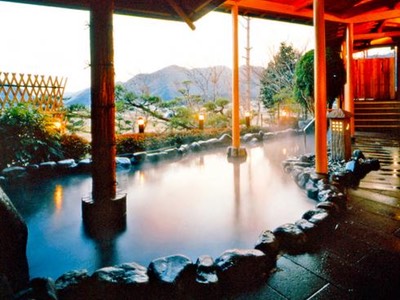The Bushū denraiki locates the third duel between Musashi and the members of the Yoshioka clan at Sagarimatsu (also Kudarimatsu), a vexingly elusive designation as there are many places in the capital that are historically associated with this name.
The Koro usawa, on the other hand, claims the duels were fought at “Kitano’s Shichihonmatsu,” literally: “Kitano’s seven pine trees,” which might well be a reference to Shichihonmatsu-doori, one of Kyoto’s main thoroughfares just east of the famous Kitano Tenman-gū shrine.
The Bukōden seems to shed more light on the exact location of the ambush. Although, like the Bushū denraiki and the Kokura Hibun, it follows the description of the scene in its original form (on the edge of the former capital), it adds in brackets that this was “in Yabuzato, Ichijōji village”. The Nitenki (a later revision of the Bukōden) has dropped the use of brackets and boldly claims that Musashi has been attacked at a “place called Yabu no Sato Sagarimatsu of the Ichijōji village on the outskirts of the capital.”
Today, most Japanese historians agree that the venue of the third duel with the Yoshioka brothers was at a place now known as Ichijōji Sagarimatsu, which was indeed once a small hamlet on the capital’s eastern outskirts.
Musashi’s duel with the Yoshioka brothers is celebrated at the nearby Hachidai shrine, which is now situated in a wooded area behind the Shisen monastery. Founded in 1294, the shrine owned large tracts of land, or keidai, in the surrounding area, including a place called Sagarimatsu. A huge trunk of pine wood, belonging to a tree that once graced the place of the duel is now kept on the shrine’s precinct and venerated. In front of it stands a bronze statue of Musashi wielding two swords.
Any queries of remarks? Launch or join a discussion at our new FORUM
